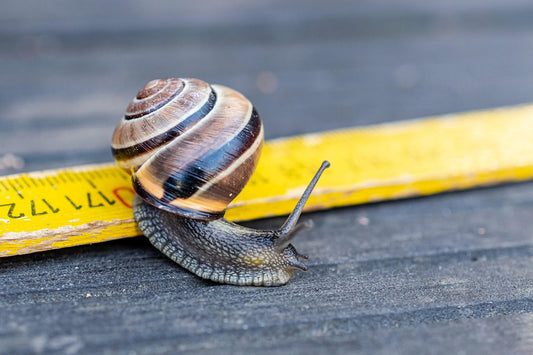Yesterday's post sparked a number of comments and observations and one that came to the forefront was the ability of the subwoofer to help with a sense of space - not just hitting lower bass notes. We all recognize a sub's ability to produce the lowest notes of a piano or organ, T-Rex stomping and earthquakes, but space?
By sense of space I am referring to a phenomena many of us may have not experienced or, if we have, may not have recognized what is going on.
In the first few seconds of some recordings, especially older analog recordings, the mastering engineer allows some lead in space where the musicians are not playing but you hear the intrinsic background "silence" that isn't, in fact, so silent. In this space you can hear the rumbling of air conditioners, the movement of the air in the room, perhaps the shuffling of musicians, tape hiss or any number of artifacts of the room or the space it was recorded in.
This gives you a sense of the room, the size, the environment - a baseline if you will - of the space in which it was recorded. Your ear/brain instinctively adjusts to that background level as the baseline and then everything else recorded comes out of this fabric. It is amazing how live and real this type of recording can be - but without a proper subwoofer setup in the room you will never be able to experience this.
I remember the first time I realized what was going on was during a listen to the Cowboy Junkies album Trinity Sessions, recorded in a church in Toronto using a single stereo microphone in a live setting. The opening few seconds of the first track, Mining for Gold, has a few seconds of this room noise before Margo Timmins begins to sing. On a lesser system you hear some background noise that's apparently just an artifact of the engineer turning up the level to capture her performance; reducing in level quickly after her solo.
On a proper system, however, you immediately hear the space of the Trinity Church, the size of the room, the air around her and you're drawn into that space and become a part of that space. Once inside you discover that the rumble is clearly an air conditioning unit off in the background and as you listen into the space even deeper, you can actually hear the tiny "squeak, squeak, squeak" of a bad bearing in the air conditioner's fan - way off in the distance. Now, when Timmins begins to sing, you hear and appreciate her in the actual space she was recorded in. What's happened is the sounds now make sense to you, perhaps for the first time. Instead of just an annoying rumble, the puzzle is decoded and you not only understand the space it was recorded in but you become a part of that space. That is something I cannot be without.
The first few times I listened to that track I had a subwoofer in the setup, but it was a single POS setup poorly. At the time I didn't know enough about subwoofers; their importance and their role in a system to make it work. To be honest, I had a sub for two reasons: I was an Audiophile and Audiophiles had subs, and I like bass. Two poor excuses for adding anything into a setup.
My friend, mentor and future partner in business, Arnie Nudell, was the first to show me what it was all about. Arnie and his partner in Infinity, Carrie Christy, were pioneers in bringing the category of subwoofers into audio in the first place - having built and marketed one of the very first subwoofers for home audio in their classic Servo Statik loudspeakers in 1966 - while I was still in high school.
So, sorry, we were going to get rolling on setup but I thought this point important enough to make in today's post.








